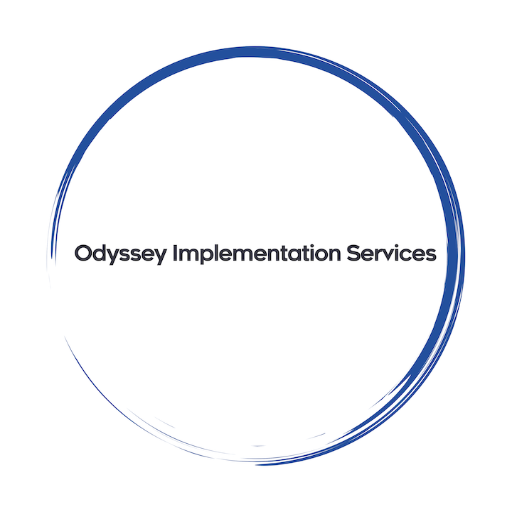In today’s digital landscape, providing seamless access to applications and platforms is crucial for user engagement and productivity. Salesforce offers robust capabilities for building customized login flows tailored to your organization’s specific requirements. Let’s delve into what a login flow is, when to implement one, how to build it step by step, and important considerations for administrators and developers.
Understanding Login Flows A login flow in Salesforce is a sequence of screens or steps that users encounter during the login process. It allows organizations to enhance authentication by incorporating additional verification steps, gathering user information, or providing tailored messaging based on specific criteria.
When to Implement a Login Flow? Teams may choose to implement a login flow in various scenarios, including:
- Enhanced Security: Adding multi-factor authentication (MFA) to strengthen login security.
- User Onboarding: Gathering additional information from users during the initial login.
- Customized Experience: Providing personalized messaging or instructions based on user roles or attributes.
How to Build a Login Flow: Step-by-Step
- Navigate to Setup: Access the Setup menu in Salesforce.
- Search for Login Flows: In the Quick Find box, type “Login Flows” and select the option.
- Create New Login Flow: Click on “New Login Flow” to begin building a new login flow.
- Design Flow Screens: Define the sequence of screens users will encounter during login, including login screens, verification steps, or informational pages.
- Configure Actions: Specify actions to be performed based on user input, such as validating credentials, sending verification codes, or updating user records.
- Activate the Login Flow: Once the login flow is designed and tested, activate it to make it available for users during the login process.
Additional Considerations
- User Experience: Ensure the login flow provides a seamless and intuitive experience for users, minimizing friction during the authentication process.
- Compliance: Adhere to industry regulations and compliance standards when implementing additional authentication measures or gathering user information.
- Testing and Monitoring: Thoroughly test the login flow across different user scenarios and monitor its performance to identify and address any issues promptly.
What Administrators and Developers Need to Know
- Integration: Integrate the login flow with other Salesforce features or external systems seamlessly to provide a unified login experience.
- Error Handling: Implement error handling mechanisms to guide users through any issues encountered during the login process.
- Scalability: Design the login flow with scalability in mind to accommodate future growth and changes in user requirements.
In conclusion, building a login flow in Salesforce empowers organizations to customize authentication processes, enhance security, and deliver a tailored user experience. By following best practices and considering important factors, administrators and developers can create login flows that not only meet current needs but also adapt to future challenges and opportunities in the digital landscape.
